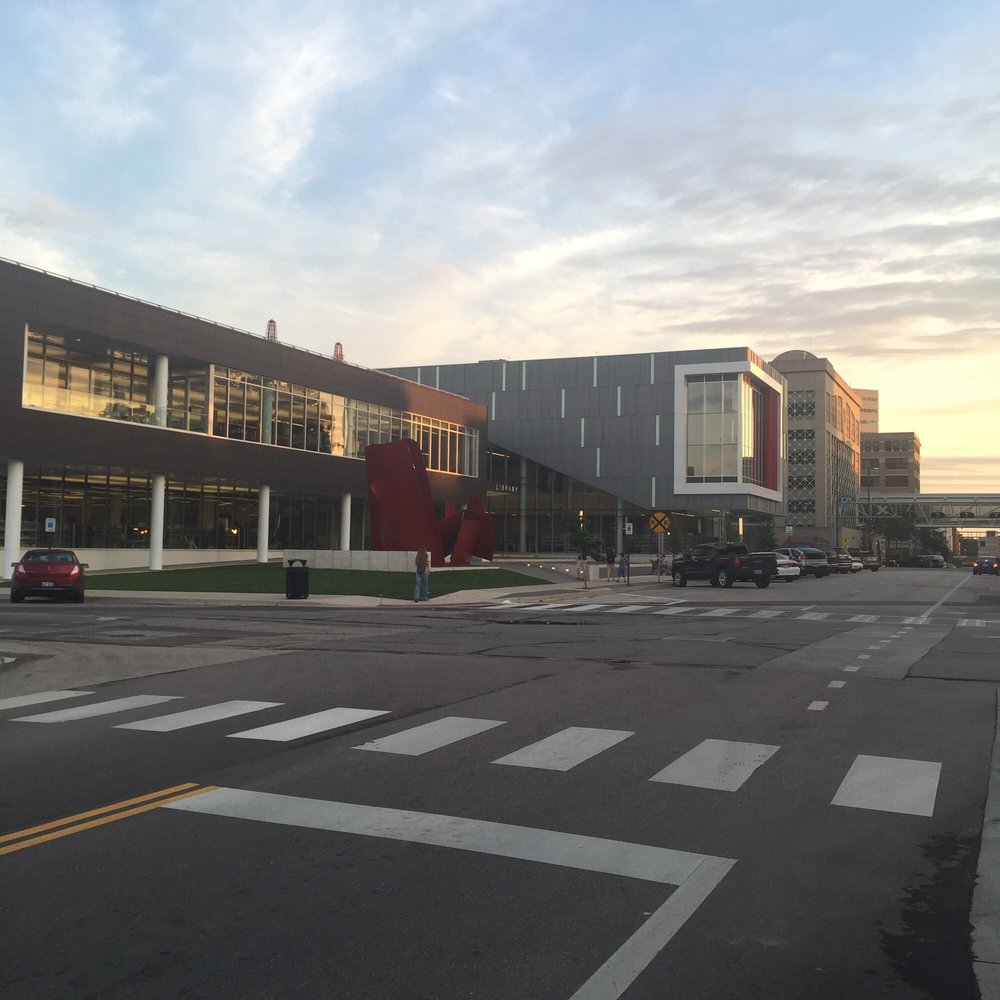For many years I was a year-round cyclist. Then after spending two years living and working downtown in Iowa City, I stopped riding as much. After that, since the summer of 2011, living on a bus route made it tempting to just let someone else do the driving on rainy days or during cold icy snowstorms. So, I transitioned to becoming a recreational fair-weather cyclist.
Heading into this winter, I decided to return to bicycling year-round. This required outfitting my bicycle with some special modifications.
One of the first things I noticed when bicycling in sub-zero temperatures was that the shifting mechanism for my bike would freeze up. I was able to get a special double-sleve shifting cable. This means the shifting cable goes through a sealed cable that is inside another cable. So, the shifting is smooth and responsive in extreme conditions.
Very low windchill temperatures are especially severe on a bicycle. If you’re riding into the wind, frostbite conditions happen much faster. Dermatologists use liquid nitrogen to burn and remove skin. The procedure is painful. That’s how unprotected skin feels in high winds and sub-zero temperatures. So, it’s important to be well covered and insulated.
In the winter, I tend to carry more things with me. On my bike ride to the gym, I need to pack my exercise shoes separately, and wear winter boots for my ride. So, I purchased some oversized side-bags for my rear bike rack. These are also helpful at any time of the year when needing to carry extra items.
With icy roads, normal bike tires may not have the necessary traction, so I had some winter tires put on my bike. They have silica embedded in the rubber. The gritty sand in the tires, along with softer than normal rubber, helps ensure better control on slick roads.
With all of these upgrades, I’m now able to venture out in just about any weather. As a result, I’m enjoying the outdoors more, and taking some photos I might not otherwise have taken. Bike riding is also great for promoting health and wellness.




